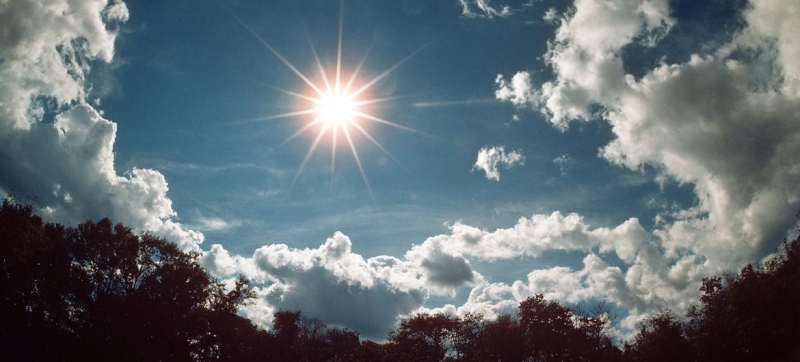
Ozone is a very small part of our atmosphere, but its presence is no less important for human well-being. Restoring the ozone layer helps combat climate change Climate and Environment
The ozone layer is on the road to recovery. This is stated in the latest issue of the annual bulletin on the state of the ozone layer and measures to protect human health and the environment from harmful ultraviolet radiation, published by the World Meteorological Organization (WMO).
The publication is timed to coincide with the International Day for the Preservation of the Ozone Layer, which is celebrated on September 16. On this day in 1987, the Montreal Protocol on Substances that Deplete the Ozone Layer, the most successful environmental treaty in history, was signed.
Sustainable Recovery
The WMO Bulletin examines the impact of weather conditions and a major volcanic eruption on the Antarctic ozone hole. The authors also highlight growing evidence that the ozone layer is on track for long-term recovery.
Given that some ozone-depleting substances also function as greenhouse gases, phasing them out would be a positive for the climate, the report says.
“Now it’s time to go further. The Kigali Amendment to the Protocol, which aims to phase out hydrofluorocarbons (HFCs) – powerful climate-warming gases – can advance efforts to mitigate climate change, protecting people and the planet,” UN Secretary-General António Guterres said in his message to mark the International Day.
Under current conditions, the ozone layer is expected to recover to 1980 values – before the ozone hole – by about 2066 over Antarctica, by 2045 over the Arctic, and by 2040 for the rest of the world. The latest estimates suggest that the Antarctic ozone hole has been slowly improving since 2000.
Unusual Events
Two unusual features of the ozone hole were noted in 2023: its early onset in late August and its duration into December. The eruption of the Hunga Tonga-Hunga Ha’apai volcano in Tonga on 15 January 2022 increased the amount of water vapor in the stratosphere and led to some changes in ozone movements, according to the WMO report.
Overall, these two characteristics are consistent with the findings that ozone recovery in Antarctica has begun. However, they highlight that relatively rare atmospheric events can have a significant impact on the Antarctic ozone hole.
The authors of the report also note that there is variability in the evolution of the Antarctic ozone hole on time scales ranging from days to years and that there are still gaps in our scientific understanding of this variability. They called for supporting observational infrastructure that can link unusual changes to specific geophysical processes and events.
Read also:
